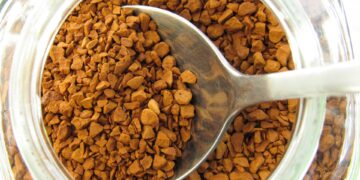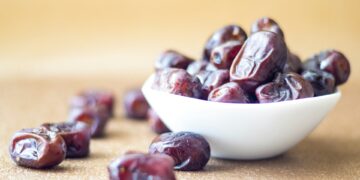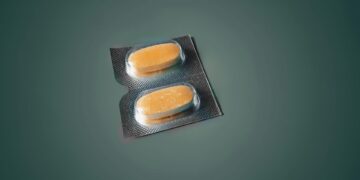It cuts the risk of clogged arteries.
Eating a diet rich in vegetables, whole grains, legumes, and other high-fiber foods can significantly benefit heart health in addition to supporting the digestive system, according to new research. A recent study published in Cardiovascular Research found that individuals with lower fiber intake had a greater likelihood of developing plaque buildup in their arteries.
Using CT scans, researchers observed a link between dietary habits and the presence and type of arterial plaque. Notably, diets lacking in fiber were associated with unstable plaque formations, which are more likely to rupture and lead to heart attacks or strokes. Study senior author Isabel Gonçalves, a cardiology professor at Lund University in Sweden, emphasized that both the quantity and quality of plaque correlated with dietary patterns.
The study examined data from over 24,000 adults aged 50 to 64, all of whom were free of heart disease when they enrolled between 2013 and 2018. Results showed that 44% of participants with the least healthy diets had plaque buildup, compared to 36% of those who followed more nutritious eating habits. Moreover, serious plaque concerns—such as blockages over 50% or plaques prone to rupture—were 60% more frequent among individuals with poorer diets.
Researchers suggest that low-fiber diets may lead to metabolic changes that contribute to dangerous plaque development. Although fiber plays a key role, the study’s authors stress the importance of overall dietary patterns. Lead author Ingrid Larsson, a nutrition expert at the University of Gothenburg, recommended focusing on balanced eating that includes fiber-rich foods, nuts, fruits, vegetables, whole grains, healthy oils like canola and olive oil, and reduced consumption of red and processed meats, salty snacks, and sugary beverages.
Ultimately, the findings highlight how making consistent, healthy food choices can reduce the risk of serious cardiovascular issues, emphasizing the role of diet in long-term heart health.

































Discussion about this post